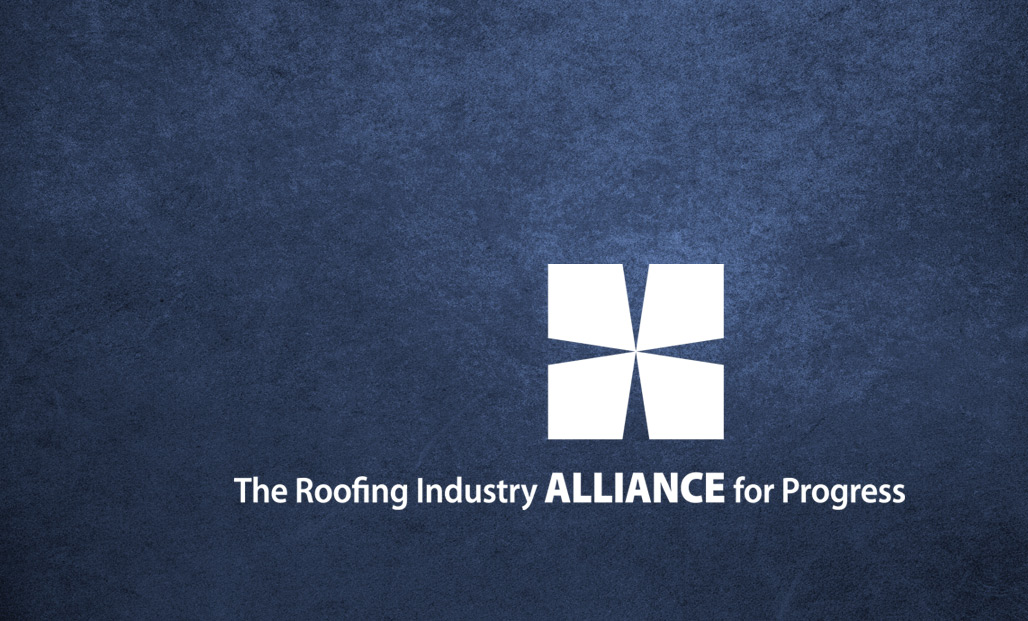In January 2011, I shared NRCA's concerns regarding how installation of rack-mounted photovoltaic (PV) systems may affect roof assemblies' fire classifications. At that time, Underwriters Laboratories (UL) Inc. was determining the fire classifications of rack-mounted PV systems separately from the fire classification determination for roof assemblies using UL 790, "Standard Test Methods for Fire Tests of Roof Coverings." Research testing of rack-mounted PV systems in combination with roof assemblies showed flame spread results significantly greater than when the two components were tested individually.
UL has since incorporated a revised fire classification test method within UL 1703, "Flat-Plate Photovoltaic Modules and Panels." Using UL 1703's October 2013 and subsequent editions, rack-mounted PV systems are tested in combination with representative roof assembly specimens.
The effective date for the new version of UL 1703 is Oct. 25, 2016. Until that date, PV panels still are permitted to be classified using UL 1703's previous fire test methods of testing PV panels and roof assemblies individually.
The new edition of UL 1703 is incorporated into and will be required for compliance with the International Building Code,® 2015 Edition and International Residential Code,® 2015 Edition.
To date, only a few manufacturers have evaluated their PV panels and racking systems using the new edition of UL 1703. As a result, when compliance with UL 1703's new version is required, the availability of rooftop-mounted, fire-classified, rack-mounted PV systems may be limited.
LVOC and water-based adhesives
In December 2012, I discussed NRCA's concerns relating to manufacturers' storage and application temperature restrictions for their low-volatile organic compound (LVOC) and water-based adhesive products.
Since that time, several manufacturers have changed their adhesive formulations and some have introduced new adhesives. Several manufacturers now offer low-temperature-grade (as low as 25 F) LVOC adhesives.
LVOC and water-based adhesives continue to have their limitations and are less than ideal for field applications in much of the U.S. during late fall, winter and early spring. Some manufacturers even restrict the sale and use of certain adhesives during these months.
Building owners, designers, general contractors, construction managers and quality-assurance observers need to be aware of limitations regarding LVOC and water-based adhesives in cold (and hot, humid) temperatures. They also need to acknowledge in some weather conditions, roofing work involving LVOC or water-based adhesives may need to be suspended until more favorable conditions exist.
In situations where roofing work must take place during periods of unfavorable weather, building owners and designers may need to consider substituting roof system types that do not rely on LVOC or water-based adhesives. Roofing manufacturers and contractors should be consulted for specific recommendations.
The NRCA Roofing Manual
Every January since 2007, NRCA has published an updated volume of The NRCA Roofing Manual. For 2015, publication and availability of The NRCA Roofing Manual: Membrane Roof Systems—2015 is being delayed pending the resolution of a significant ASTM International ballot item regarding mopping asphalt.
NRCA and the Asphalt Roofing Manufacturers Association have worked together and proposed changes to the U.S. product standard for mopping asphalt, ASTM D312, "Standard Specification for Asphalt Used in Roofing," including establishment of a maximum kettle (or tanker) heating temperature and maximum equiviscous temperature values. These proposed changes are addressed in greater detail in the May NRCA Industry Issue Update: Asphalt Health and Safety Issues, which is available to all NRCA members at www.nrca.net/roofing/IndustryIssueUpdates.
Resolution of this ballot item will be addressed at ASTM International's next meeting, which will be held in New Orleans Dec. 7-10.
Delaying the publication of the manual's 2015 volume until resolution of this ASTM International ballot item will make The NRCA Roofing Manual the most up-to-date technical resource for NRCA members and the roofing industry. NRCA anticipates the 2015 volume will be published in March 2015.
Mark S. Graham is NRCA's associate executive director of technical services.



